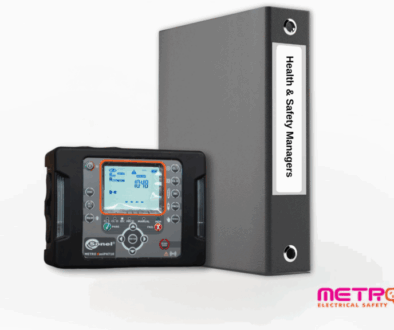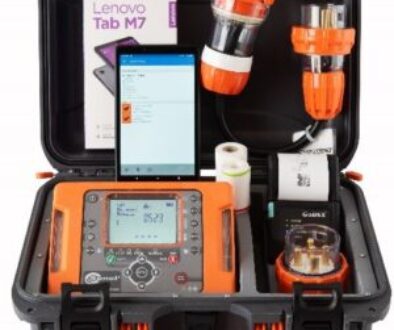Test and Tag Equipment

There are different tools used in the testing of electrical equipment and appliances. Here are some of the commonly used ones.
This is a fairly easy to use test tool for measuring current. It combines a basic digital multimeter with a current sensor. As the name suggests, you clamp the hinged jaw of this tool around a wire, cable or other conductor at any random point in an electrical system. It will then measure the current in the circuit without disconnecting it.
This tool is preferred for measuring high levels of current, with a minimum current range of 0 A to 100 A. Other clamp meters go up to a range of 600 A or 1400 A. It’s a good tool for electrical safety and maintenance, but there are more reliable tools when it comes to compliance.
Also known as a volt-ohm-meter, a multimeter is a handheld device used to measure current (amperage), electrical voltage, resistance and other values. It comes in analog and digital versions. Electricians use it for simple tests as well as for detecting faults and complex diagnostics.
 Portable appliance testers (PATs) are handheld or compact devices that test a range of electrical equipment and appliances for different values, i.e. earth continuity, current leakage, insulation, etc.
Portable appliance testers (PATs) are handheld or compact devices that test a range of electrical equipment and appliances for different values, i.e. earth continuity, current leakage, insulation, etc.
PATs record details about each test which can be printed on a special tag that contains a PASS/FAIL remark or the actual test values.
At Metrotest, we use PATs for their reliability and accuracy. The devices we use are compliant with the AS/NZS 3760 Standard (In-service safety inspection and testing of electrical equipment). Below are some of the test tools we trust and recommend:
- Metro iPAT SupaPAT – A comprehensive testing package that includes a user-friendly Sonel Metro iPAT Standard Set, thermal transfer printer, scanner and software – all in a specially designed carrier bag.
- Metro iPAT – A safety and compliance tester with user-friendly operating software (OS) with easy data management. Features Dual Time Tags (DTT) which makes retesting easier. Other features include: manual & automatic test codes; single test ability; high-current earth bond test; RCD tests both installation and portable RCDs (includes ramp test).
- Sonel Metro EasiPAT – A compact and reliable portable appliance tester for do-it-yourself testing. It comes in handy when testing residual current, leakage, insulation, polarity and earth bond (200mA, 10A). It features a 1-push test selection, light-up LCD display, direct Wi-Fi capability and a Pass/Fail indicator.
- Megger 150R – A cost-effective portable appliance tester that packs in functionality. The PAT150R is ideal for a wide variety of testing applications such as dual insulation testing (250/500V), portable equipment testing, portable RCD lead testing (10mA/30mA), and mains powered leakage testing (230V). It has adjustable PASS testing limits and onboard rechargeable batteries.
- Metro 6201A – An entry-level portable appliance tester for low-volume applications. This basic PAT is a good choice where handwritten tags and manually recorded information is all that’s required. It can perform single phase appliance testing up to 10A; earth testing (200mA); insulation testing (250/500V); mains powered leakage testing (operational – 230V); and lead testing.
Clamp meters and multimeters can be connected to your smartphone to make your readings easier. On the other hand, PATs have an onboard memory which can save anywhere from 1,000 to 1,000,000 items. That being said, memory size is not a critical factor in choosing your own PAT as data must be transferred regularly to prevent loss or theft. Most PATs today can save between 10,000 to 50,000 items.
Once a test is completed, the appliance tested will have to be tagged. This tag is made of a special, durable material that’s resistant to tearing or fading. This is to ensure that the tag is intact and readable at all times. testing, the person testing will print tags directly from the PAT memory using a suitable printer. The tags must be made of a tough material that is resistant to tearing, damage or fading.
For testers that do not have an internal memory, there are apps available for direct communication from your smartphone to your tester for saving results.
For more information about testing and tagging equipment, ask the experts on 0800 638 768 (NZ) or 1800 789 973 (AU).

 Multimeters
Multimeters

